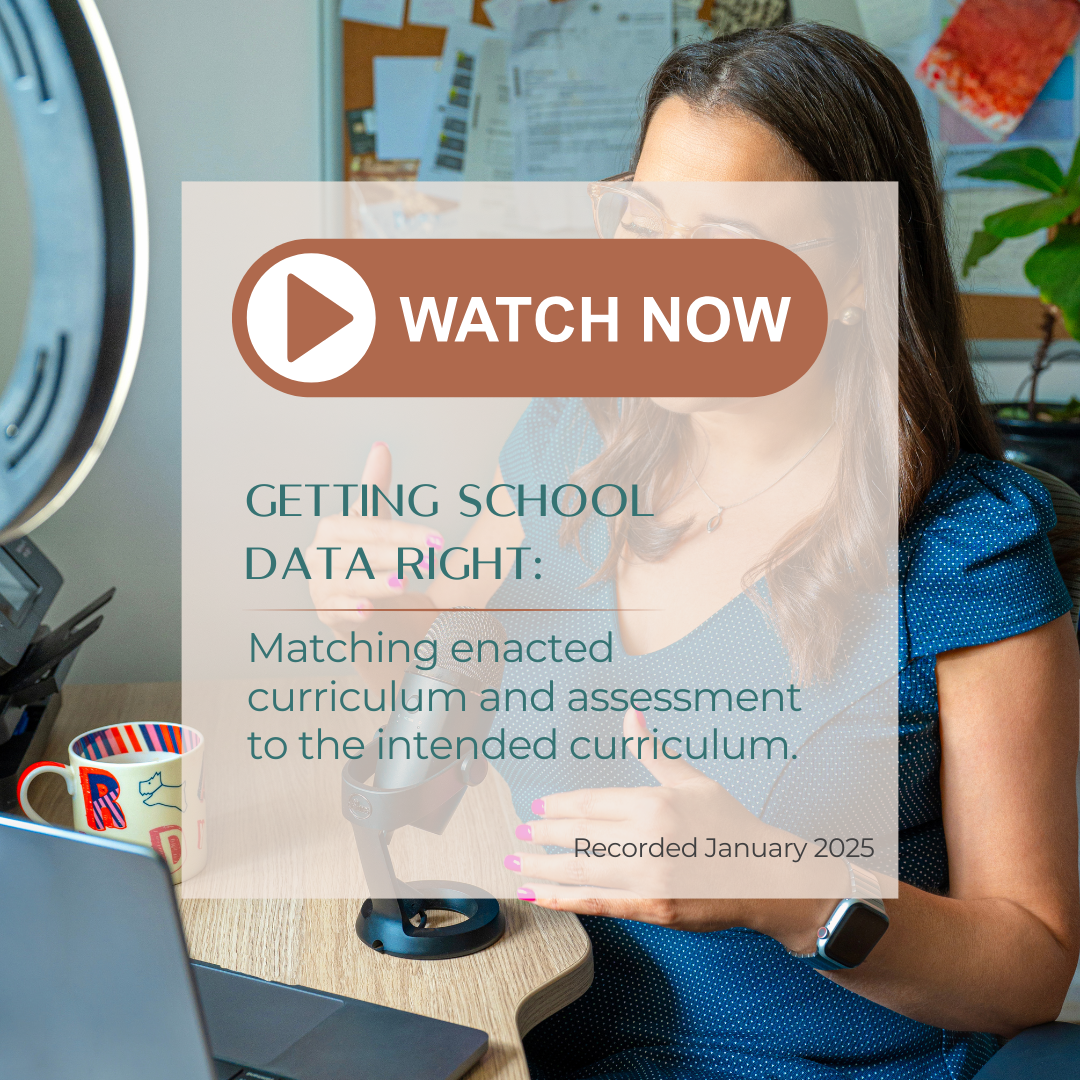 Image 1 of
Image 1 of


Data-Informed Learners: Engaging students in their data story
Educators are expected to use data to inform their work; however, a key piece that is often missing from the data conversation is the way we involve students in the process.
When students become data-informed learners, they have a better understanding of their ability as a learner, are more readily able to identify opportunities for growth, and are able to have more specific and targeted conversations about what they need to do to improve.
There are three main purposes for using data with students: goal setting, learning dispositions or behaviour, and the quality of student learning or understanding. There are five main modes by which we would do this: data walls, success criteria, student-generated assessment, conversations, and data on walls in classrooms.
This book unpacks these reasons and modes, and provides examples of the 15 intersections of purpose and mode to provide practical ideas for implementation in schools and classrooms.
This price is GST exclusive - the GST will be calculated and added automatically in your cart.
Educators are expected to use data to inform their work; however, a key piece that is often missing from the data conversation is the way we involve students in the process.
When students become data-informed learners, they have a better understanding of their ability as a learner, are more readily able to identify opportunities for growth, and are able to have more specific and targeted conversations about what they need to do to improve.
There are three main purposes for using data with students: goal setting, learning dispositions or behaviour, and the quality of student learning or understanding. There are five main modes by which we would do this: data walls, success criteria, student-generated assessment, conversations, and data on walls in classrooms.
This book unpacks these reasons and modes, and provides examples of the 15 intersections of purpose and mode to provide practical ideas for implementation in schools and classrooms.
This price is GST exclusive - the GST will be calculated and added automatically in your cart.
Educators are expected to use data to inform their work; however, a key piece that is often missing from the data conversation is the way we involve students in the process.
When students become data-informed learners, they have a better understanding of their ability as a learner, are more readily able to identify opportunities for growth, and are able to have more specific and targeted conversations about what they need to do to improve.
There are three main purposes for using data with students: goal setting, learning dispositions or behaviour, and the quality of student learning or understanding. There are five main modes by which we would do this: data walls, success criteria, student-generated assessment, conversations, and data on walls in classrooms.
This book unpacks these reasons and modes, and provides examples of the 15 intersections of purpose and mode to provide practical ideas for implementation in schools and classrooms.
This price is GST exclusive - the GST will be calculated and added automatically in your cart.







